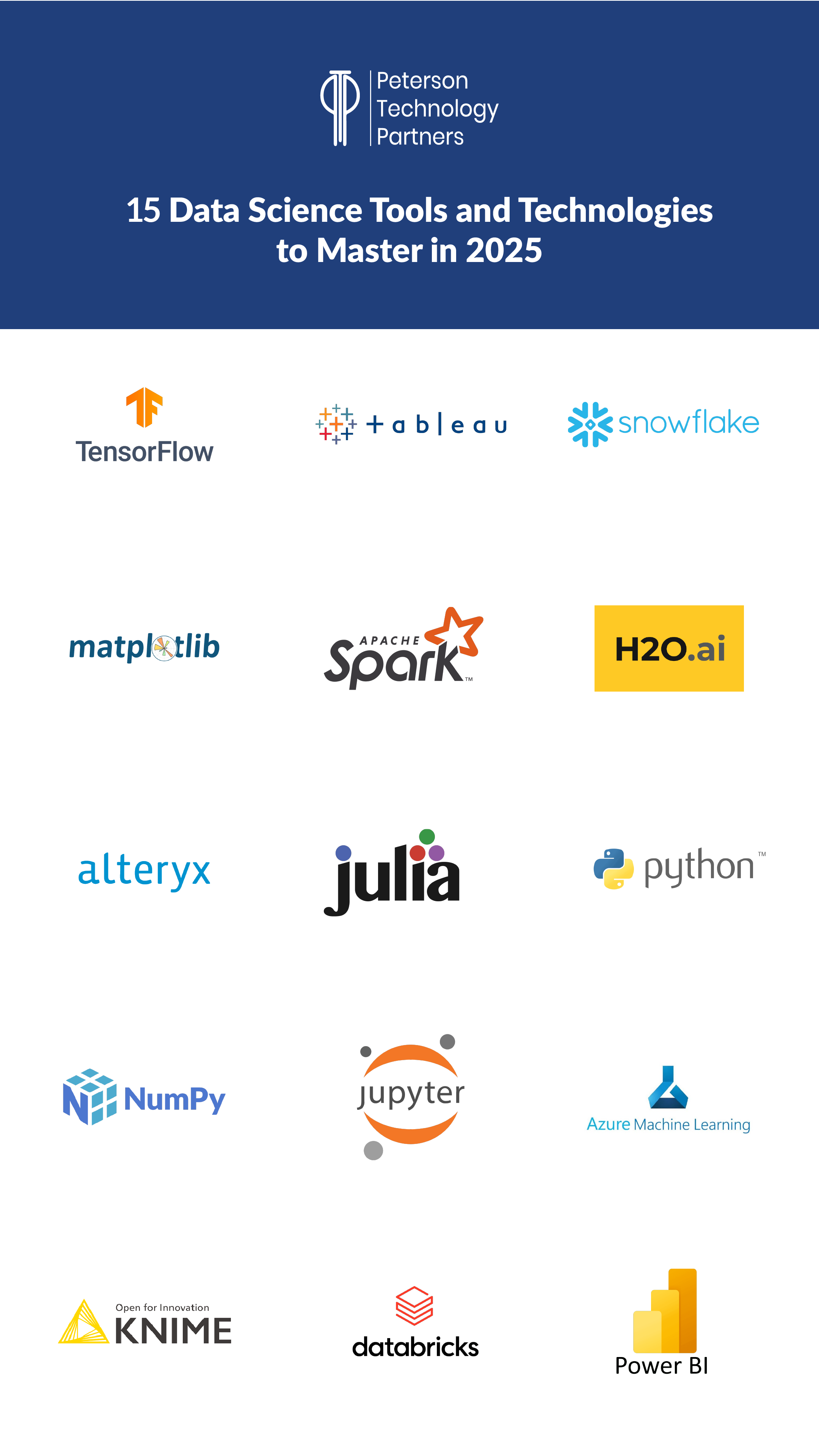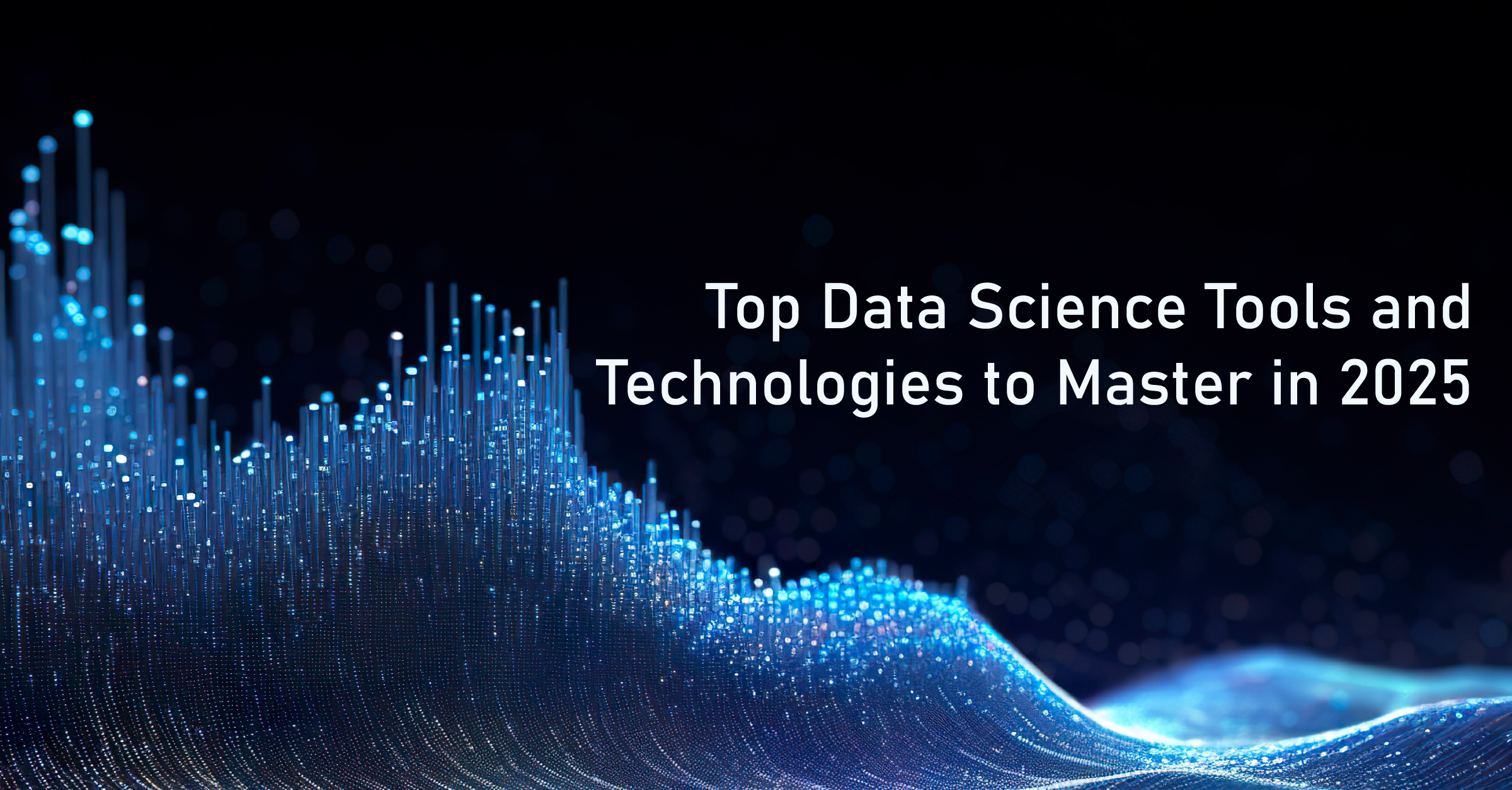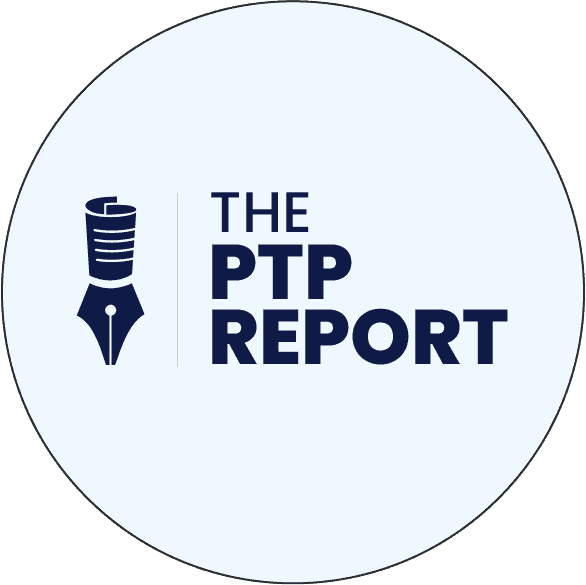Data science is already one of the most in-demand professions today, with employment projected to grow 36% from 2023 to 2033, much faster than the average for all occupations (BLS).
As the field continues to evolve amid the rise of AI in data science and other emerging tech trends, data professionals need to stay up to date on the best tools to empower the analysis, visualization, and interpretation of data.
Today, data science focuses primarily on the following key concepts that will impact which tools are most necessary:
- Automation: AI/ML helps streamline workflows and automate faster decision-making.
- Predictive analysis: Machine learning models empower accurate predictions; with the rise of prescriptive analysis, AI can suggest solutions to problems.
- Data visualization: Clear, engaging visuals communicate complex trends to stakeholders.
- Security and compliance: Practicing data security and transparency builds trust among stakeholders.
With these in mind, let’s explore the top data science tools in 2025 to help professionals navigate emerging tech trends and succeed in their careers.

1. TensorFlow
One of the premiere deep learning tools, TensorFlow will remain popular for its flexibility and support for neural networks. Ideal for advanced data science projects, its features include extensive libraries for deep learning, cross-platform support (mobile, desktop, web), and the TensorBoard for model visualization.
2. Apache Spark
Apache Spark is a leading open-source, distributed computing platform that works effectively for big data analytics and machine learning, making it a go-to option for large-scale data analytics. It has real-time data processing, in-memory computing, and integration with Hadoop, Kubernetes, and cloud platforms.
3. Julia
Julia is an open-source programming language used for numerical computing, machine learning, and other data science applications. The creators’ goal was to design a language where users don’t have to write programs in one language and convert them to another for execution. Its multiple dispatch approach at runtime also helps boost execution speed.
4. Jupyter Notebook/JupyterLab
Jupyter Notebook empowers collaboration among data scientists and engineers, mathematicians, researchers, and other users. With roots in Python, Jupyter’s name comes from a loose combination of Julia, Python, and R. JupyterLab, a newer web-based UI, offers more flexibility and extensibility than the original.
5. Matplotlib
Matplotlib, an open-source Python plotting library, is used to read, import, and visualize data in analytics applications. It enables the creation of static, animated, and interactive data visualizations that can be used in Python scripts, the Python and IPython shells, Jupyter Notebook, JupyterLab, web application servers, and various GUI toolkits.
6. NumPy
NumPy (short for Numerical Python) is “the universal standard for working with numerical data in Python,” according to its creators. It empowers engineering, scientific computing, and data science and machine learning applications—and does so with notable speed, thanks to its core use of optimized C code.
7. Python
The most popular programming language for data science and machine learning, Python can assist with a wide range of tasks, including data analysis, data visualization, AI, natural language processing, and robotic process automation. Python’s simple syntax makes it easy to learn, and its readability lowers the cost of program maintenance.
8. Microsoft Azure Machine Learning
A fully integrated environment with seamless cloud-based data science services, Microsoft Azure Machine Learning remains a top platform for building, deploying, and managing machine learning frameworks for cloud computing. Some key features: automated machine learning (AutoML), scalable cloud infrastructure, and deep integration with the Azure ecosystem.
9. Snowflake
Snowflake is a cloud-native data warehouse whose scalable and highly efficient architecture empowers data storage and processing for large-scale analytics. Its key features include seamless cloud-based data warehousing, real-time data sharing and collaboration, and multi-cloud support (AWS, Azure, GCP).
10. H2O.ai
A leading platform for AI and machine learning development, H2O.ai empowers data scientists to build predictive models without extensive coding. H2O.ai also has an AutoML feature, cloud-based AI services, seamless integration with Hadoop and Spark, and robust tools for data visualization and analysis.
11. Microsoft Power BI
Data visualization remains a key facet of the data science field in 2025, and Power BI will remain one of the top tools. With real-time data visualization, extensive support for data connectors, and integration with Microsoft Office Suite, Power BI excels in turning raw data into meaningful insights through interactive dashboards and reports.
[For more top data visualization tools, take a look at this PTP Report.]
12. Tableau
Business intelligence continues to be a big priority across industries in 2025. A user-friendly platform, Tableau allows data scientists to visualize complex data without extensive programming knowledge. Its compatibility with SQL databases, spreadsheets, and cloud services also empowers versatile data analysis.
13. KNIME
KNIME (Konstanz Information Miner) is an open-source platform for creating data pipelines, analytics workflows, and machine learning models. Some of its key features include: drag-and-drop workflow creation; integration with Python, R, and other popular tools; and an extensive library of data manipulation and machine learning nodes.
14. Alteryx
A top data preparation and analytics tool, Alteryx simplifies complex workflows while processing large datasets. Its intuitive interface, drag-and-drop data preparation, and integration with popular data visualization platforms make it a valuable tool for both beginners and experts.
15. Databricks
Combining the power of big data and AI, Databricks—built on top of Apache Spark—streamlines the data engineering and machine learning lifecycle. Ideal for organizations looking to unify their analytics and AI efforts, Databricks also offers real-time collaboration and sharing.
[Looking to make a pivot into data science? Learn how in this PTP Report.]
Conclusion
As more and more organizations seek talent who can turn heaps of data into tangible business outcomes, set yourself apart from the competition by building expertise in relevant data science tools and technologies.
For over 27 years, PTP has successfully matched IT talent with top companies, including ones in need of data science talent. When you’re ready to apply to your next data science role, take a look at PTP’s job board for your next opportunity.





